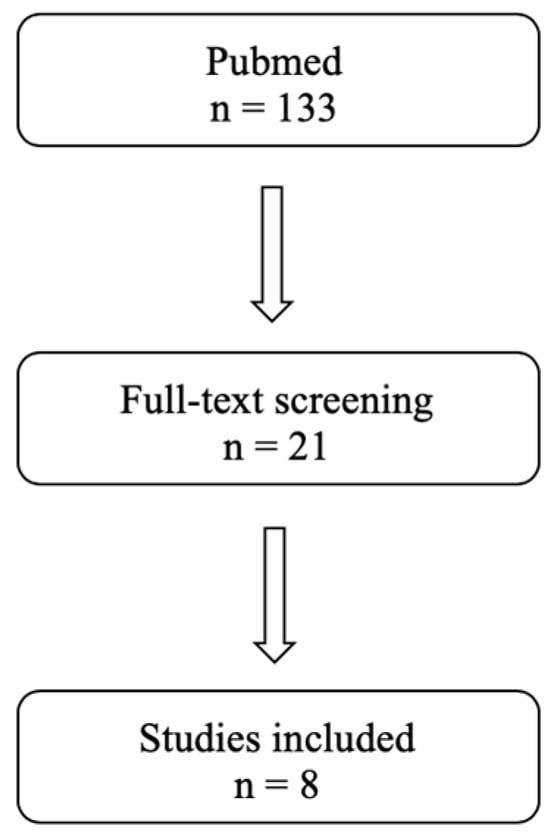Head and neck cancers represent the sixth most common cancer group in humans [1]. Amongst these, head and neck squamous cell carcinoma (HNSCC) is the most frequent. In Europe the 5-year survival rate for HNSCC ranges from 25% to 60%, depending on primary tumor site and stage. The objective of a number of ongoing studies is to explore innovative techniques that allow early and reliable diagnosis and at the same time offer the possibility to monitor the evolution of the pathology.
The aim of this narrative review is to evaluate the role of biochemical molecular markers (liquid biopsy), such as DNA and RNA, in the diagnosis, prognostic outcome and treatment-monitoring in patients affected by HNSCC.
A selection of articles published until September 2019 on Pubmed formed the basis of the narrative review. The following inclusion and exclusion criteria were set: studies on human blood, plasma or serum evaluating DNA and RNA expression in patients with HNSCC compared to healthy controls (a minimum of 20 samples for each group needed); studies not including patients affected by Oral Squamous Cell Carcinoma (OSCC) were excluded. Amongst a total of 133 studies found, 8 met inclusion criteria (Figure 1).

Figure 1.
Flow-chart of the selection process for studies included in the narrative review.
Amongst all analysed studies, only one did not find a significant difference in the concentration of the circulating markers between the test group and the control group. Four studies evaluated the concentration of the circulating biochemical markers for the purpose of the diagnosis; one study for the prognostic outcome; one study for both diagnosis and treatment monitoring; two studies evaluated all three outcomes (Table 1).

Table 1.
OSCC: Oral Squamous Cell Carcinoma; HSNCC: Head and Neck Squamous Cell Carcinoma; lncRNA: Long Noncoding RNA; cfDNA: Circulating Cell-Free DNA.
Although liquid biopsy is an effective tool used by clinicians to approach other cancer types, such as Small Cell Lung Carcinoma (SCLC), its effectiveness with respect to HNSCC has to be investigated to a deeper extent. The biopsy therefore remains the gold standard in the diagnostic process of these cancers. However, liquid biopsy offers an advantage in the monitoring process of treated patients as it is less invasive when compared to Computed Tomography (CT) and Positron Emission Tomography (PET).
In the near future, biochemical molecular markers may lead the way to customized-patient therapy.
Conflicts of Interest
the authors declare no conflict of interest.
Reference
- Warnakulasuriya, S. Global epidemiology of oral and oropharyngeal cancer. Oral Oncol. 2009, 45, 309–316. [Google Scholar] [CrossRef] [PubMed]
© 2019 by the authors. Licensee MDPI, Basel, Switzerland. This article is an open access article distributed under the terms and conditions of the Creative Commons Attribution (CC BY) license (http://creativecommons.org/licenses/by/4.0/).